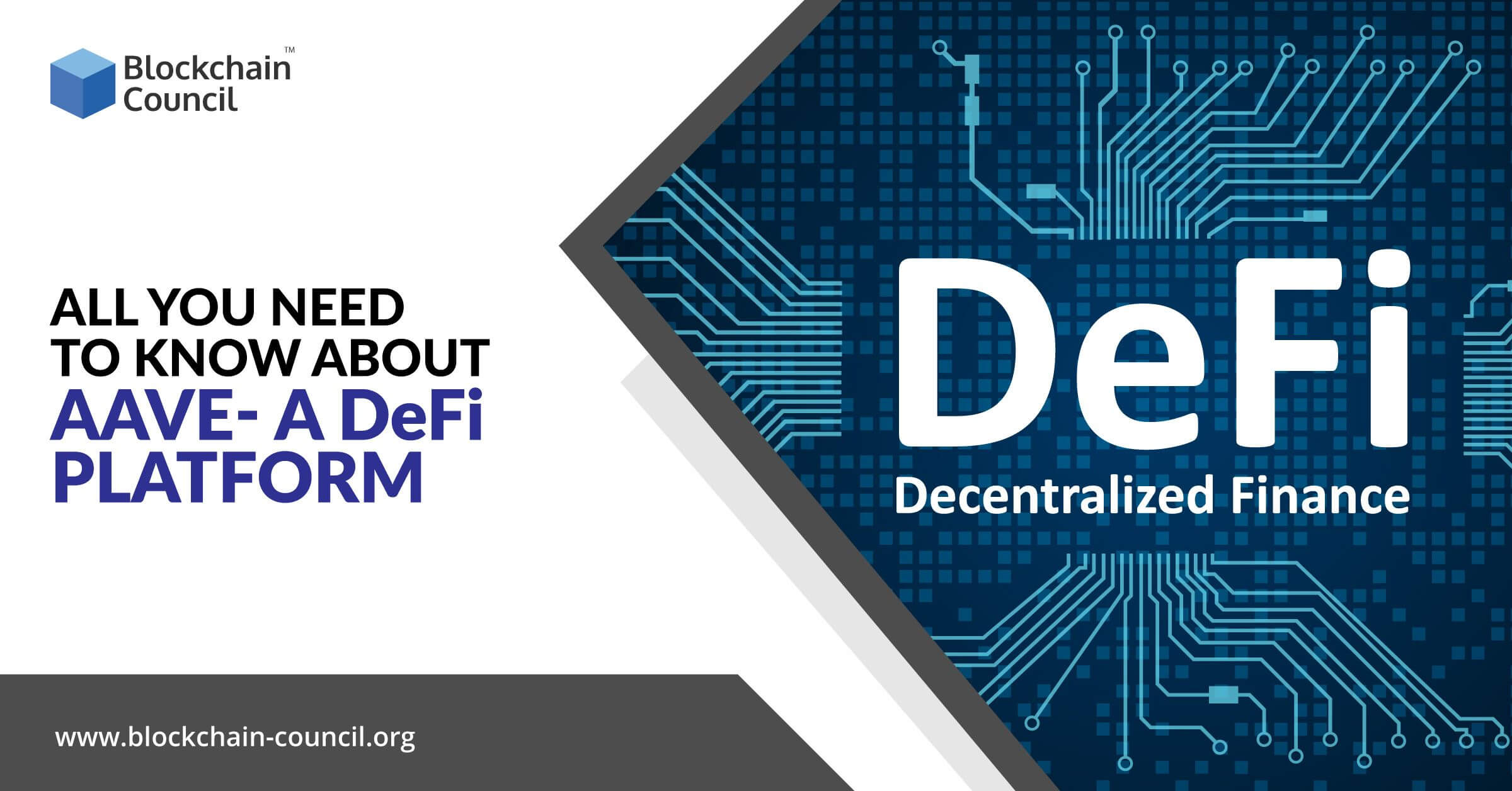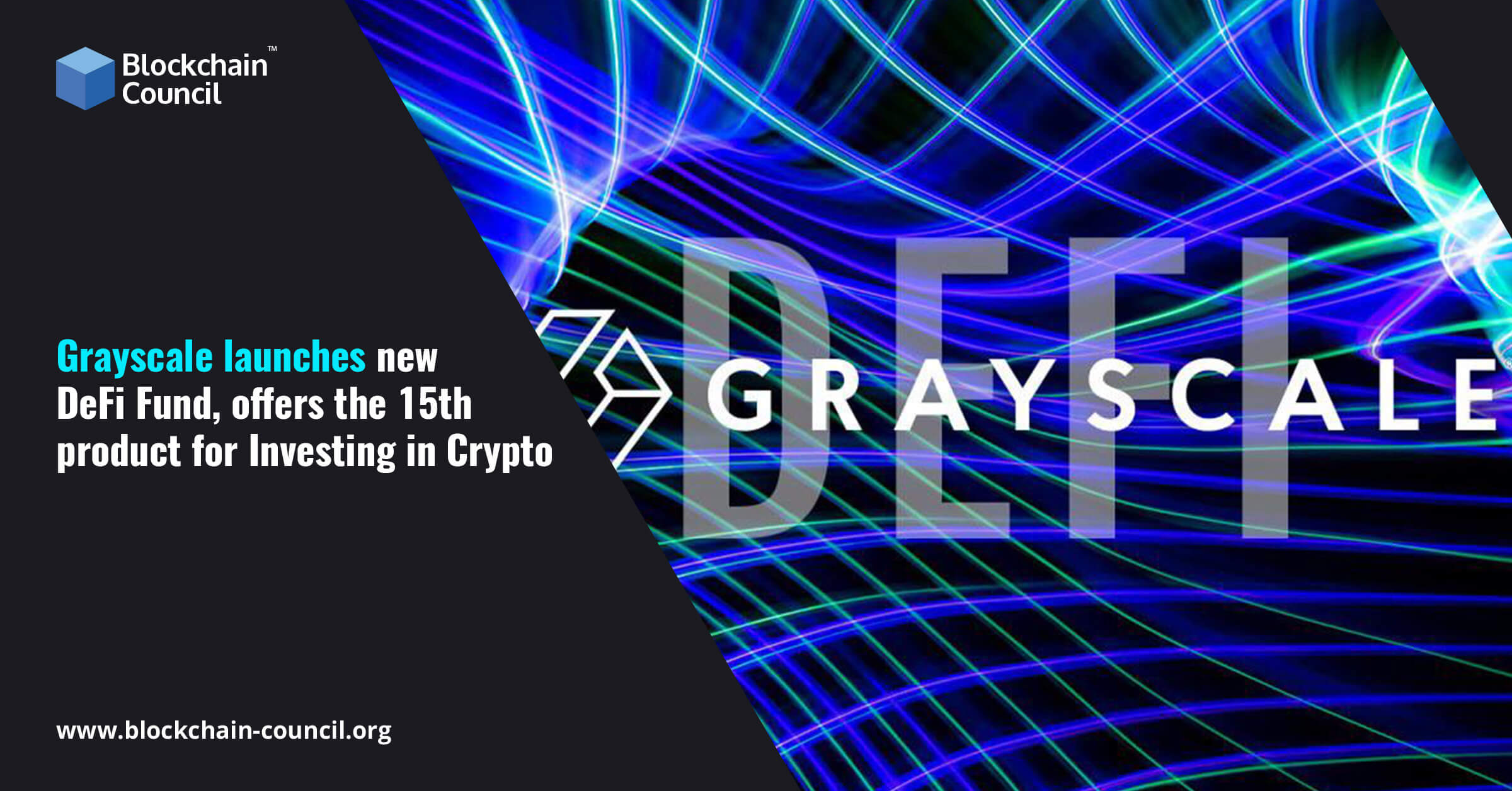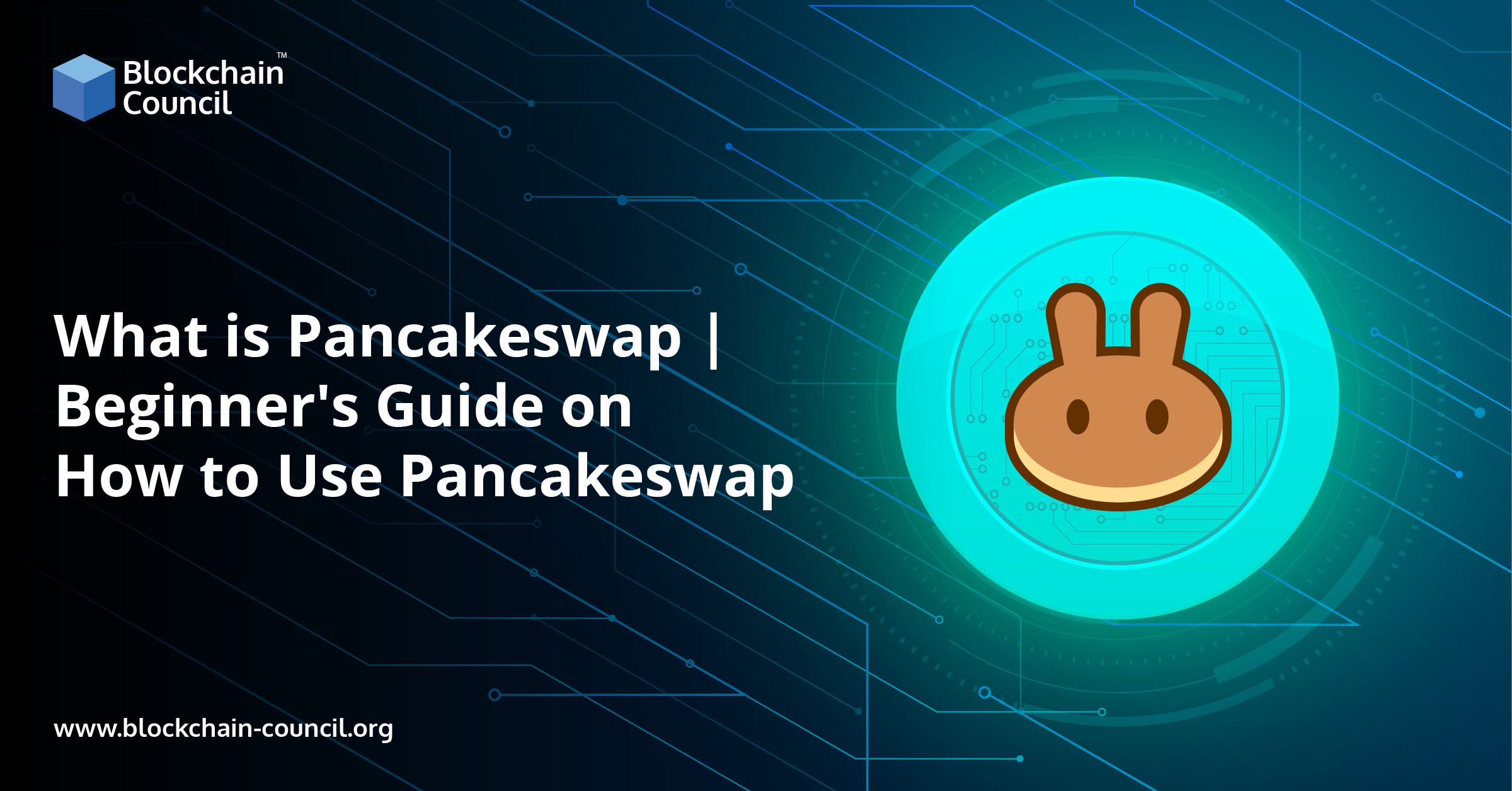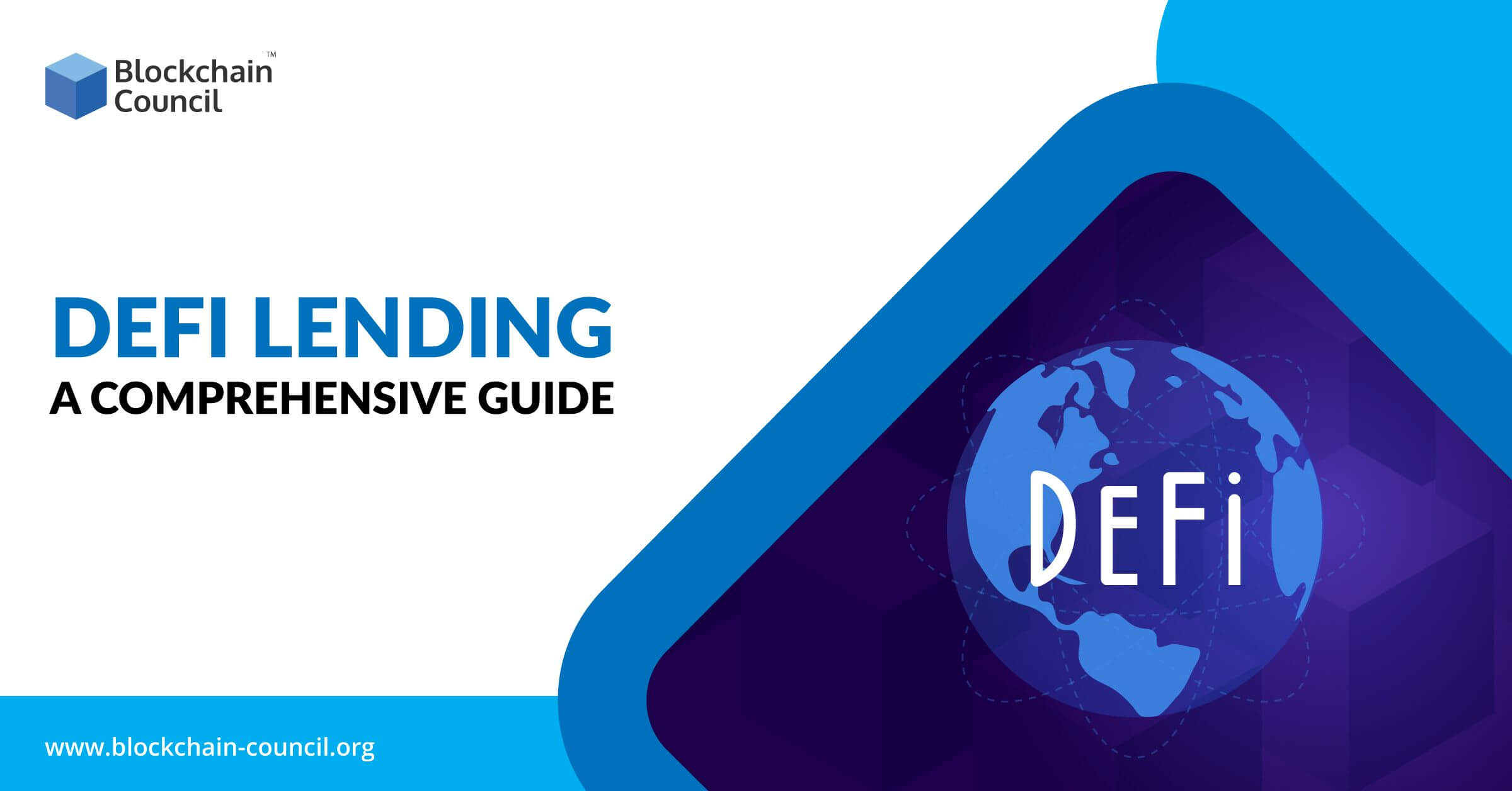
- Vikash Kumar Das
- September 05, 2020
In this article, we will talk about the most trending, DeFi Protocol, Aave. We will discuss how one can borrow in Aave, its advantages over other protocols, and what Aave V2 will add in the DeFi space.
Table of Contents
- Defining DeFi
- What is Aave?
- Lending and Borrowing in Aave
- Aave’s Added-on Advantages
- Latest Announcement: Aave V2 to Bring New Exciting Features
- Concluding Lines
Defining DeFi
Decentralized Finance is an ecosystem of financial applications built on top of blockchain networks, especially in Ethereum blockchain, that operates without involving any central administration. DeFi plays a crucial role in the development of the financial sector for many reasons. Foremost, it aims to create a transparent, open-source, and permissionless financial service environment that allows everyone to interact and manage digital assets of their own. For utilizing DeFi perks, all one needs is a smartphone to expand the global economy.
What is Aave?
Aave is a decentralized money market protocol that enables users to lend and borrow cryptocurrencies of their choice in a trustworthy way while offering stable and variable interest rates.
In simpler words, Aavi is an open-source, decentralized protocol that enables users to earn interest on deposits & borrow assets.
Aave is becoming a market leader in the lending and borrowing sector of DeFi space. This is because unlike other protocols that deal with KYC and involve lengthy registrations to contend with, Aave sets users free from all this.
Lending and Borrowing in Aave
In Aave, which is an open-source no custodial lending protocol, users can participate as depositors or borrowers, and to transact, lenders have to deposit their funds into liquidity pools, and borrowers can borrow from such liquidity pools. The protocol allows depositors to earn a passive income, while borrowers can borrow the desired amount in an overcollateralized or undercollateralized manner. Each pool sets assets aside as reserves to safeguard against volatility. Such reserves ensure that lenders can withdraw their funds whenever they want to exit the protocol.
Aave is completely open-source, audited, and secured, which means lenders and borrowers can interact either with the user interface client, API, or directly with the smart contracts on the Ethereum network. It supports around 20 cryptocurrencies; however, all cryptos cannot be used as collaterals.
For a borrower to borrow, one must lock up collateral, which should be greater than the amount borrowed, and while utilizing Aave protocol, it is mandatory for borrowers to maintain the collateralization ratio. If in case, they don’t maintain this ratio, any other user can liquidate them.
Irrespective of whether the user deposited collateral for either of the purpose (lending or borrowing), they receive interest-bearing tokens(known as aTokens) in return.
Aave also has liquidity pools set up on other DeFi platforms such as Balancer and Uniswap to deal with liquidity issues, if any, so that users can withdraw their funds when ready.
Aave’s Added-on Advantages
If you compare Aavi with another known DeFi protocol, Compound, you will find several similarities between the two, but in terms of the user interface, Compound is much easier to navigate. This is because the Compound protocol offers much simpler features. Aave, on the other hand, offers a wider range of asset supports compared to Compound protocol. Aave offers several exciting features, such as:
Interest Rate Switching- Aave algorithmically adjusts the interest rate on the basis of demand and supply, i.e., when the borrowing demand increases, it reduces available liquidity, interest rates rise, and depositors generate more income. This DeFi protocol allows users to switch between stable and variable interest rates, ensuring they get the best rate for the loan.
Unique Collaterals- Aave offers a wide choice of DeFi collateral types such as DAI, ETH, BAT, LINK, MANA, MKR, SNX, USDT, USDC, TUSD, USDT, sUSD, BUSD, KNC, LINK, wBTC, ZRX, and LEND.
Flash Loans-Flash Loans are entirely the new concept that Aave has not borrowed from anywhere. Instead, it’s completely new in the financial world to push the limits of DeFi. Flash Loans enable one to borrow instantly and, at the same time, guarantees the reserve pool’s safety. Its use cases include arbitrage, collateral swapping, self-liquidation, and others.
Latest Announcement: Aave V2 to Bring New Exciting Features
According to the latest announcement, Aave, a digital exchange platform, becomes the second DeFi protocol to hit $1 billion in total value locked, meaning Aave users have deposited $1 billion of assets into the Aave protocol for lending and borrowing aims.
According to Aave’s recent announcement, it has introduced a version of its protocol, Aave V2, to include new exciting features for its user experiences such as native undercollateralized loans/credit delegation, improved borrow rates, and debt trading among others to push DeFi even further.
Aave’s latest version V2 will be ready for a new version to provide a new set of users and improve existing users’ lives.
Concluding Lines
Since its mainnet launch in 2020, Aave, an open-source, decentralized finance lending protocol, has gained a lot of public attention among users. But Aave will face the same challenges of other DeFi projects. If you talk about what Aave holds for the future, it is clear that this DeFi protocol holds a promising future in the DeFi space.
To get instant updates about blockchain certifications and become a blockchain expert, check out Blockchain Council.





































































 Guides
Guides News
News Blockchain
Blockchain Cryptocurrency
& Digital Assets
Cryptocurrency
& Digital Assets Web3
Web3 Metaverse & NFTs
Metaverse & NFTs
